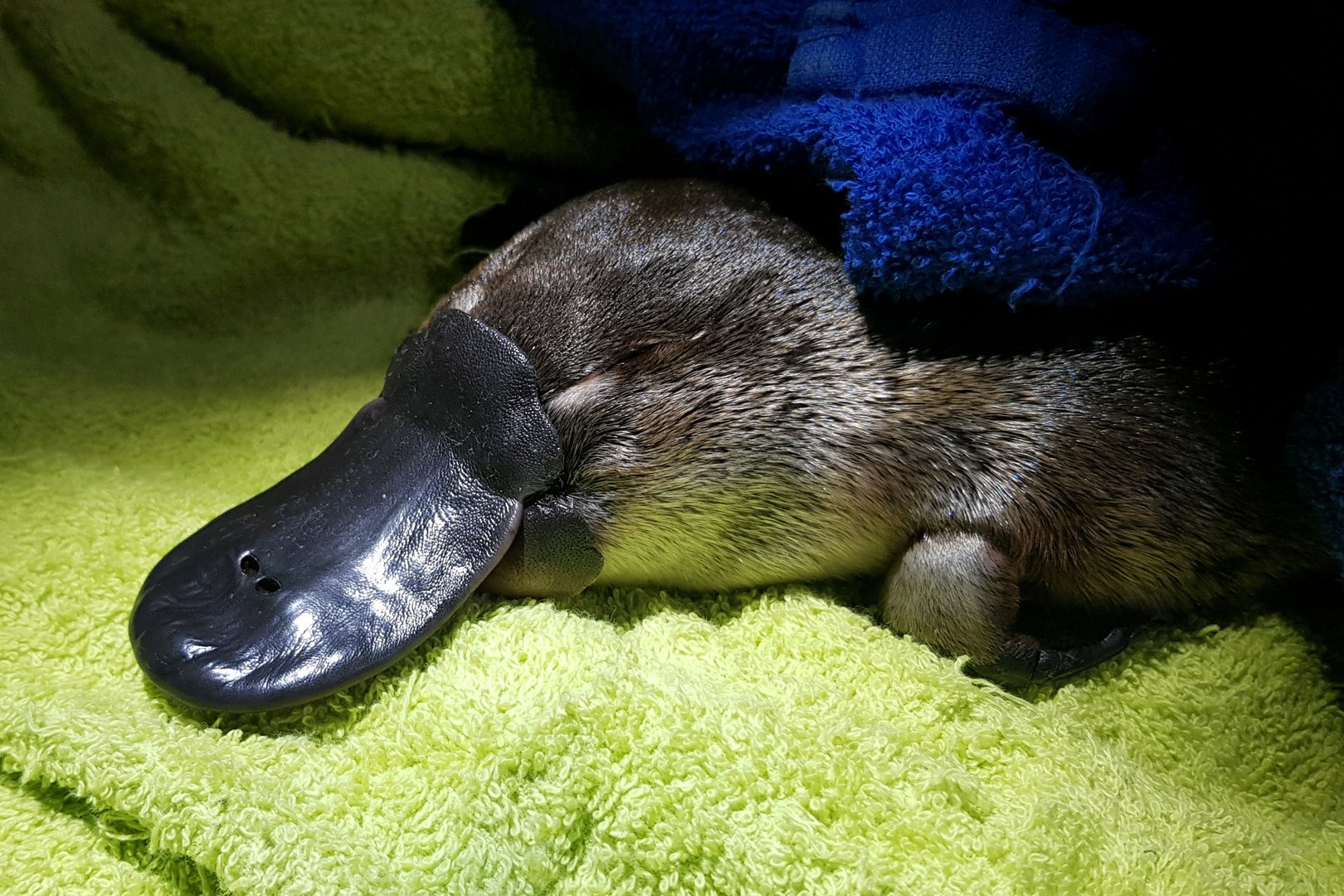It only takes a rustle and splash of an orange buoy floating on the Thone River for two Australian scientists to know they’ve found what they’re looking for: the elusive platypus.
Famed for its bill, webbed feet and venomous spurs, the platypus is one of only two egg-laying mammals in the world. Many Australians have never seen one in the wild.
The semi-aquatic animal is increasingly under threat from extreme weather events, spurring efforts to track their numbers and take steps to stem their decline.
“There’s not much of an understanding how fires impact platypuses,” said University of New South Wales (UNSW) ecologist Gilad Bino.
Platypus numbers have dropped as much as 30 per cent and their habitat has shrunk by more than a fifth in the last 30 years, a UNSW study found last year.
After an extended drought and horrific bushfires on the mid-north coast of New South Wales in 2019, researchers Bino and Tahneal Hawke found far fewer platypuses in the burned waterways of Dingo and Bobin Creeks compared with unburned areas of the Thone River.
They returned in April after heavy floods.
“Bushfires will get more severe, and obviously we have these flooding events occurring more frequently, so I guess this study will really give us an indication into how platypus populations will respond to those events,” Hawke said.
The researchers capture the platypuses with nets, tranquilise them and attach electronic tags. They take blood and urine samples, a biopsy for genetics and cheek pouch and fur samples to gauge the platypus’s diet.
One night in April they caught an untagged platypus.
“Very exciting. So it actually means there are more platypuses here than we previously thought,” Bino told Reuters.
Besides extreme weather, dams, land clearing, and diversion of waterways have also affected the population. Cattle have destroyed riverbanks critical for platypus burrows. Invasive species, fishing nets and plastic rubbish have hurt, too.
Bino said rivers and creeks need to be protected and revegetated for a healthy population.
“I think a lot of species you sort of hear about them when it’s too late, they’ve sort of reached that tipping point – the point of no return,” Hawke said.
“But I think we’ve got a really unique opportunity that if we intervene now, we can really prevent those extinctions in the future and hopefully the platypus will be around for many more generations,” Hawke added.







Click here to change your cookie preferences